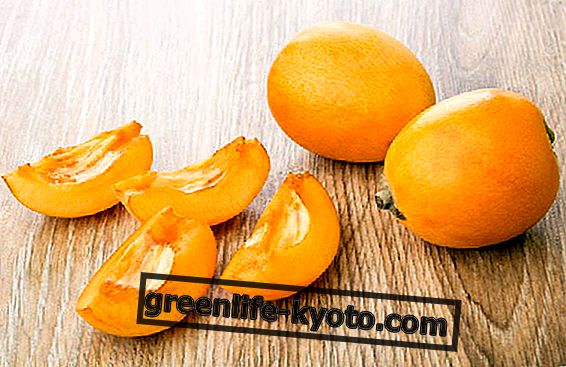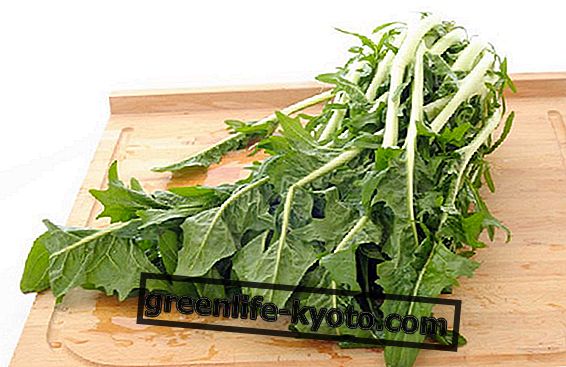
At the base of Ayurveda there is the belief that different types of food correspond to different constitutional types.
Different foods that restore and maintain the balance in different periods of the year.
A belief that of Ayurveda that dates back thousands of years and that, even today, is the basis of the diets and dietary methods such as infusions and supplements, up to lead to the Ayurvedic cuisine itself.
Constitutional typologies in Ayurvedic medicine and the use of spices
There are ten constitutional types identified by Ayurveda, while three are the seasonal breakdowns of the year.
Once the constitutional typology has been learned, it is possible to interact with reference tables to follow the appropriate diet during the contemplated year.
In the diet and in the Ayurvedic cuisine, great emphasis is given to spices. Spices, by us, are always used in small quantities, with the sole function of making the flavor of a food or dish more attractive and particular.
Spices in Ayurvedic cuisine are used differently. In addition to flavoring food, spices are used for the beneficial influence they have on Doshas, as well as to promote digestion in different ways. Let's see better.
Discover the benefits and uses of pippali, the long pepper
Which spices in Ayurvedic cuisine
The spices in Ayurvedic cuisine are different and all have a particular role. Let's try to list some of them:
Cardamom : it reduces the formation of mucus due to dairy products and is useful against digestion problems.
Coriander: counteracts the effects of pungent foods, relieves gas and tones the digestive system.
Black pepper: increases appetite and stimulates digestion, especially of dairy products. Too much causes dryness and irritation.
Turmeric: r strengthens digestion, especially proteins, and improves metabolism.
Clove: stimulates digestion and promotes absorption. To be used whole or ground.
Cumin: promotes the reduction of toxins and gases, regulating the digestive system.
Fennel: helps prevent gas formation. The seeds are chewed after a meal or added to vegetables that tend to produce gas during cooking.
Ginger: it runs on all tissues, especially the digestive and respiratory tissues and is one of the most used spices in Ayurveda. Relieves gas, eliminates constipation and indigestion. The root is used, both fresh and dried.













